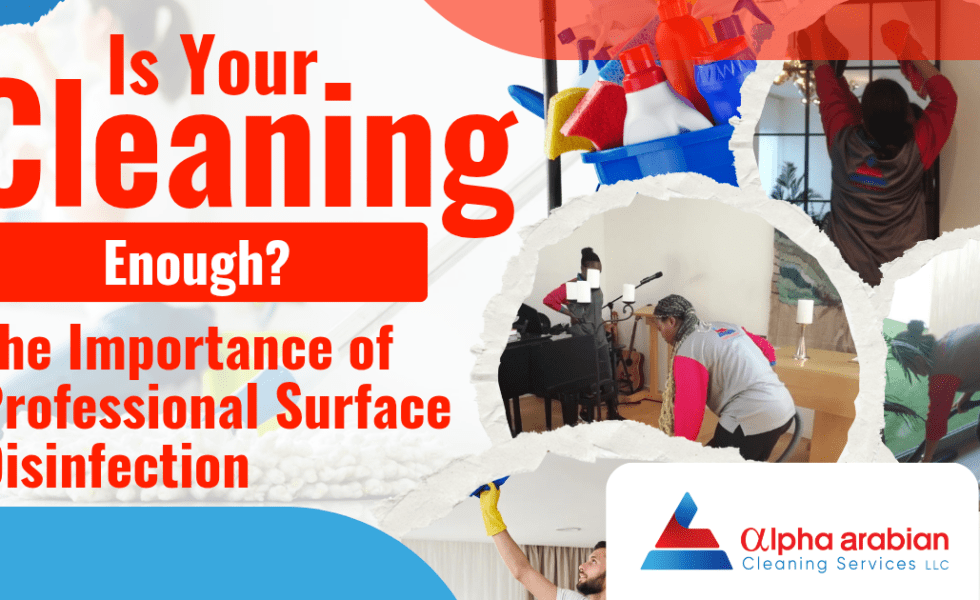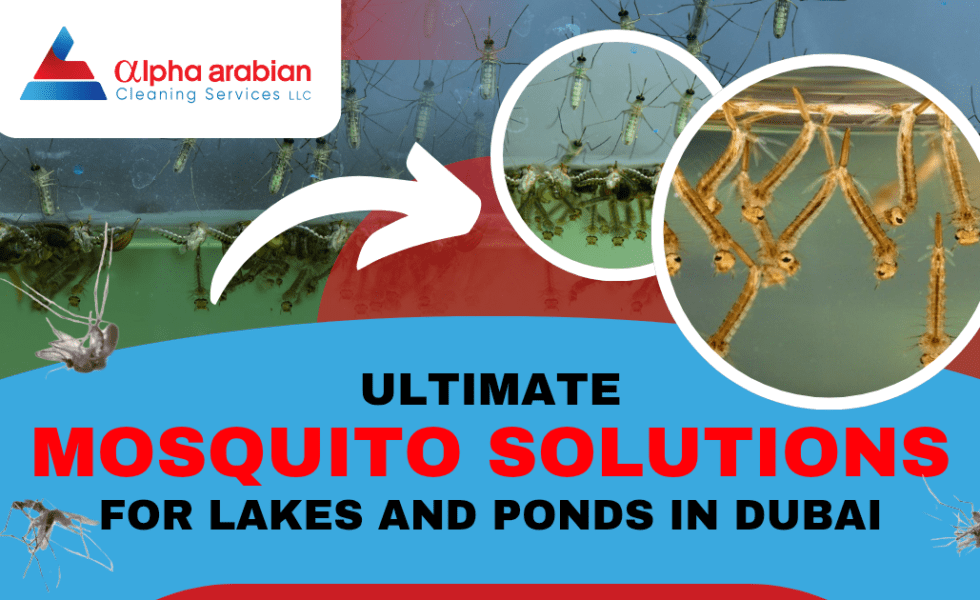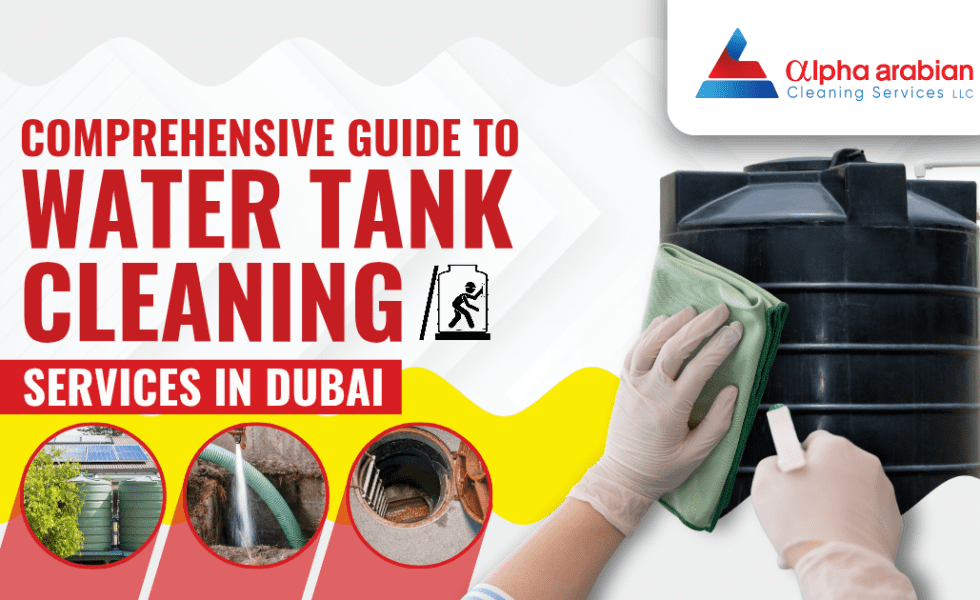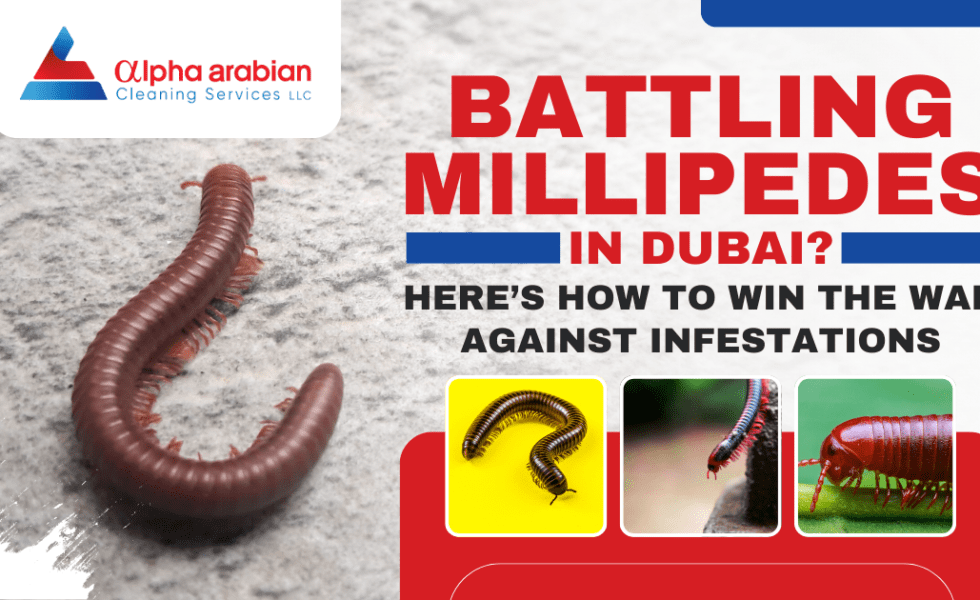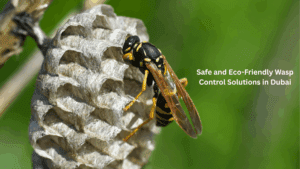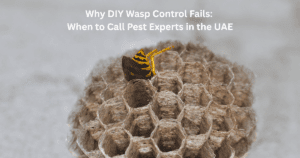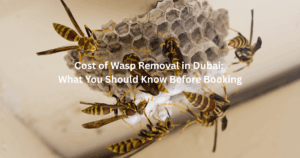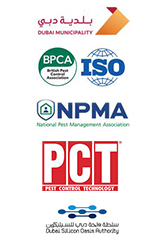Comprehensive Guide to Professional Water Tank Cleaning Services in Dubai
Water is a vital resource for every household and business, making the cleanliness of water tanks crucial for maintaining health and safety. In Dubai, where water quality is paramount, professional water tank cleaning services are essential for ensuring a safe and hygienic water supply.
This blog explores the importance of licensed industrial, commercial, and residential tank cleaning services, highlighting the process and risks of neglecting this essential service.
Why Is Water Tank Cleaning Important?
Over time, water tanks can accumulate sediment, debris, and harmful bacteria. These contaminants can compromise water quality, posing significant health risks. Some of the common dangers include:
- Bacterial Growth: Harmful bacteria like Legionella, E. coli, and Total Viable Counts (TVC) can thrive in dirty water tanks.
- Health Hazards: Consuming or using contaminated water can lead to illnesses, including Legionnaires’ disease, a severe lung infection caused by Legionella bacteria.
- Reduced Water Quality: Sediment and biofilm buildup can cause unpleasant odors, discoloration, and bad taste in your water.
Regular cleaning and disinfection of water tanks ensure clean, safe water for drinking, cooking, and other uses. Professional tank cleaning services also help meet regulatory standards and prevent legal issues.
Understanding Legionella: A Hidden Threat
Legionella bacteria thrive in water tanks under specific conditions. Understanding these factors can highlight the importance of regular cleaning:
- Stagnant Water: Tanks with infrequent water flow provide a perfect environment for bacterial growth.
- Nutrient Sources: Sediment, scale, and biofilm offer a food source for Legionella, allowing colonies to proliferate.
- Optimal Temperature: Legionella multiplies rapidly between 20°C and 45°C. While it survives below 20°C, it becomes dangerous within this range and dies above 60°C.
Signs Your Water Tank Needs Cleaning
Look out for these signs indicating your water tank requires immediate cleaning:
- Foul odours or unusual taste in the water
- Visible sediment, dirt, or discolouration
- Algae or biofilm buildup inside the tank
- Reduced water pressure
- Presence of animal contamination or corrosion
Can Anyone Perform Water Tank Cleaning?
While minor tasks like descaling outlets can be done by individuals, thorough industrial, commercial, or residential tank cleaning and disinfection require professional expertise. Specialists adhere to the British Standards Institution’s (BSI) guidelines (BS8558), performing detailed microbiological tests such as:
- Total Viable Counts (TVC) at 22°C and 37°C
- Detection of Coliform bacteria, Pseudomonas aeruginosa, and Legionella
- Analysis of disinfection residuals
Licensed technicians possess the necessary training, equipment, and accreditation to ensure thorough cleaning and compliance with safety standards.
How Does the Water Tank Cleaning Process Work?
Professional water tank cleaning involves several steps to ensure complete disinfection:
- Inspection: The tank is inspected for sediment, biofilm, and contamination.
- Draining: Water is drained from the tank to prepare for cleaning.
- Scrubbing: Interior surfaces are scrubbed to remove debris, algae, and biofilm.
- Disinfection: A powerful and safe cleaning solution, such as stabilized silver hydrogen peroxide, is applied to kill bacteria and disinfect the tank.
- Rinsing: The tank is thoroughly rinsed to remove any chemical residues.
- Testing: Post-cleaning, microbiological tests are conducted to ensure water safety.
Benefits of Professional Water Tank Cleaning Services
Hiring professional, licensed tank cleaning services offers several advantages:
- Expertise: Trained technicians use specialized tools and techniques for thorough cleaning.
- Compliance: Services meet regulatory standards, avoiding potential legal complications.
- Health Protection: Eliminates harmful bacteria, ensuring safe and hygienic water supply.
- Longevity: Regular maintenance extends the lifespan of your water storage system.
How Often Should Water Tanks Be Cleaned?
It is recommended to clean water tanks at least once a year. However, the frequency may vary based on factors such as:
- Water quality in your area
- Tank size and water usage
- Visible signs of contamination
In areas with poor water quality or frequent shortages, more frequent cleaning might be necessary.
Is It Safe to Use Water After Cleaning?
During the cleaning process, it is advised to avoid using water from the tank to prevent contamination. Once the tank is thoroughly cleaned and rinsed, the water becomes safe for drinking, cooking, bathing, and other purposes.
Choose Licensed Water Tank Cleaning Services in Dubai
Ensuring the cleanliness and safety of your water supply requires expert intervention. Alpha Arabian industrial, commercial, and residential tank cleaning and disinfection services in Dubai are tailored to your needs, providing:
- Comprehensive cleaning solutions for all types of water tanks
- Licensed and industry-certified technicians accredited by Constructionline and SafeContractor
- Advanced disinfection techniques using stabilized silver hydrogen peroxide
Regular water tank cleaning is crucial for maintaining water hygiene and preventing health risks. By opting for licensed professional services, you can safeguard your household or business from the dangers of contaminated water. Don’t compromise on safety—schedule your industrial, commercial, or residential tank cleaning service today and enjoy clean, safe water all year round.
